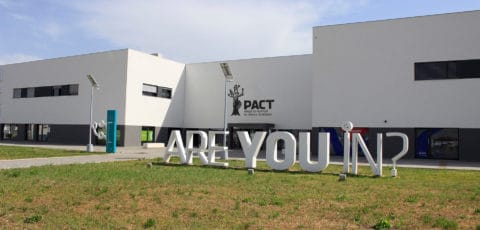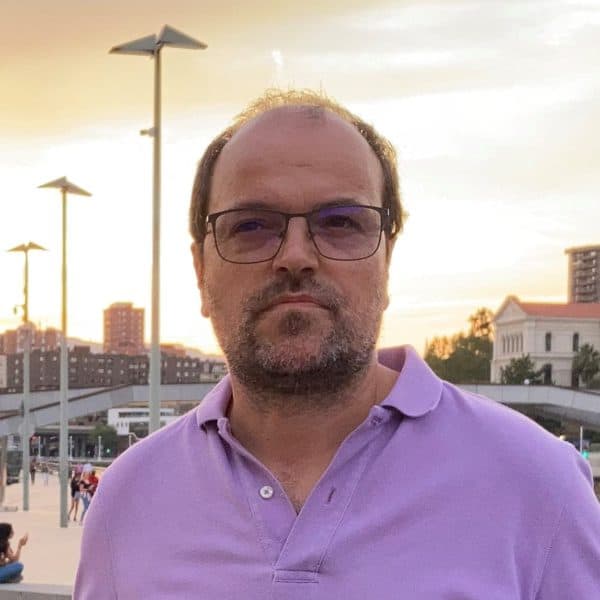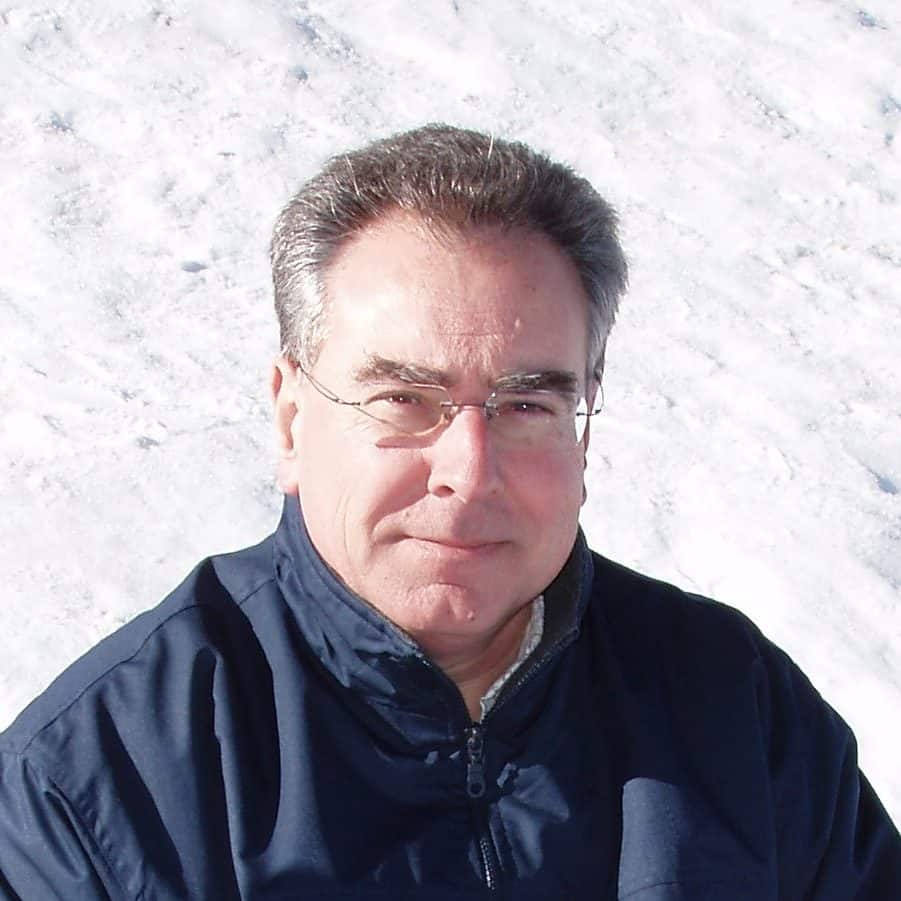Geoenergy and geophysics solutions
for a low carbon future
CONVERGE! to lead international consortium for natural hydrogen exploration in Africa
CONVERGE! awarded “Best Innovation Idea” by European Union consortium
CONVERGE! funded by the EU to develop CO2 utilisation and storage technology
About us
CONVERGE! is a spin-off of the University of Évora, Portugal, on the domains of Geo-energy and geophysics. It builds on more than 50 years of cumulative research experience of its promoters in the field of geophysics, CO2 and energy storage in geological formations.
Being able to resort to the University of Évora laboratories, equipment and qualified personnel, CONVERGE! conducts R&D and provides services on geo-energy, essential for convergence to a low-carbon future, and geophysics applied to hydrogeology, geothermal and archaeological studies.
CONVERGE! believes that mitigating climate change, developing a new energy paradigm, and reach a net-zero future can benefit considerably from utilizing geological formations for storing energy, CO2 or to retrieve renewable energy. Geo-energy and geophysics are essential for characterizing the subsurface and for planning innovative solutions for its utilization.
Natural Hydrogen Exploration
Natural Hydrogen Exploration
Applied Geophysics
Applied Geophysics
Geoenergy
Geoenergy
CO2 based electrothermal energy and geological storage system
CO2 based electrothermal energy and geological storage system
Study on the geothermal potential of the southern provinces Morocco
Study on the geothermal potential of the southern provinces Morocco
Geothermal potential of the “Oriental” Province, Morocco
Geothermal potential of the “Oriental” Province, Morocco
Electrical resistivity tomographies – Jales mining field
Electrical resistivity tomographies – Jales mining field
Mapping the natural hydrogen potential in Morocco
Mapping the natural hydrogen potential in Morocco
OSH2S – Open source smart hydrogen sensor for exploration and storage
OSH2S – Open source smart hydrogen sensor for exploration and storage
Unlike manufactured green hydrogen, natural hydrogen has a geological origin, being constantly replenished from water-rock interaction in deep geological formations. Several water-rock interaction processes producing molecular hydrogen have been identified, and although debate is still on going about the predominancy of each process, three sources have been regarded as most likely: i) serpentinization (reaction of water with iron-rich rocks); ii) natural radiolysis of water due to radioactive decay of U, Th, K rich minerals; iii) mantle degassing, in the vicinity of deep faults or rifting systems. It is possible that different mechanisms are involved simultaneously.
Thus, at the human scale, natural hydrogen is constantly being renewed, being a truly clean source of energy, unlike manufactured green or blue hydrogen.
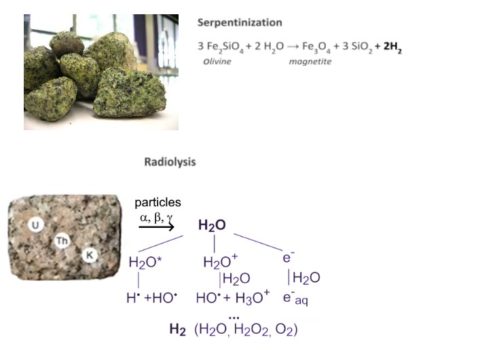
It is based on the integration of an energy storage system and geological storage of CO2. The CO2 captured in a power plant or industrial facility is used as a working fluid in a thermodynamic cycle to store renewable (wind or solar) electrical energy underground. The storage of energy occurs in mechanical (work) and thermal (heat) forms.
The technique is similar to compressed air energy storage (CAES). However, unlike CAES it requires porous media geological reservoirs and when using CO2 instead of air, there are some added advantages: improved working fluid properties (low supercritical temperature and moderate pressure), lateral migration (definitive CO2 sequestration is a), fewer geological constraints (migration or residual CO2 capture functions as a strength for the technique), CO2 thermosiphon effects which reduces the cost of injecting and producing CO2 in the wells, and some (minor) geothermal heat extraction to mechanical energy storage.

see Carro, Chacartegui, Ortiz, Carneiro and Becerra (2022) for further details.
Experience with CO2 injection in geological formations, dates back to 1972, when the oil industry began utilising CO2 for enhancing hydrocarbon production. However, the first project of storage of CO2 in geological formations specifically implemented for climate mitigation purposes was launched in 1996, the Sleipner project in the North Sea, and since then about 1 million tonnes CO2 per year from the natural gas is captured and stored at Sleipner. Currently many more CO2 storage projects are ongoing, with the Global CCS Institute in its 2021 assessment indicating that 21 facilities are capturing 36.6 million tonnes of CO2 per year for geological storage and that a further 62 facilities are in construction or advanced development, with an added capture capacity of nearly 40 million tonnes of CO2 per year.
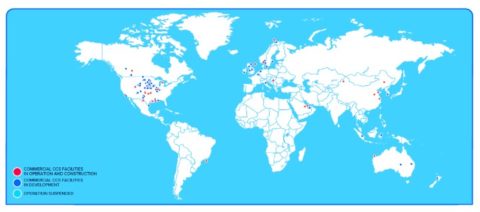
World map of CCS facilities at various stages of development (Global CCS Institute, 2021)
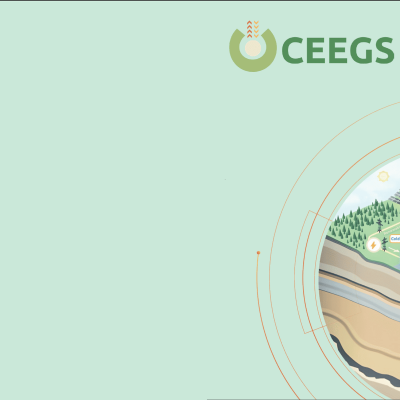
CONVERGE! funded by the EU to develop CO2 utilisation and storage technology

CONVERGE! awarded “Best Innovation Idea” by European Union consortium

CONVERGE! to lead international consortium for natural hydrogen exploration in Africa
Lets talk?
Fill in the form and get in touch
CONVERGE, Lda
PACT- Parque do Alentejo de Ciência e Tecnologia, Herdade da Barba Rala.
Rua Luís Adelino Fonseca, lote 1A, 7005-841 Évora, Portugal
E-mail: info@converge.pt
